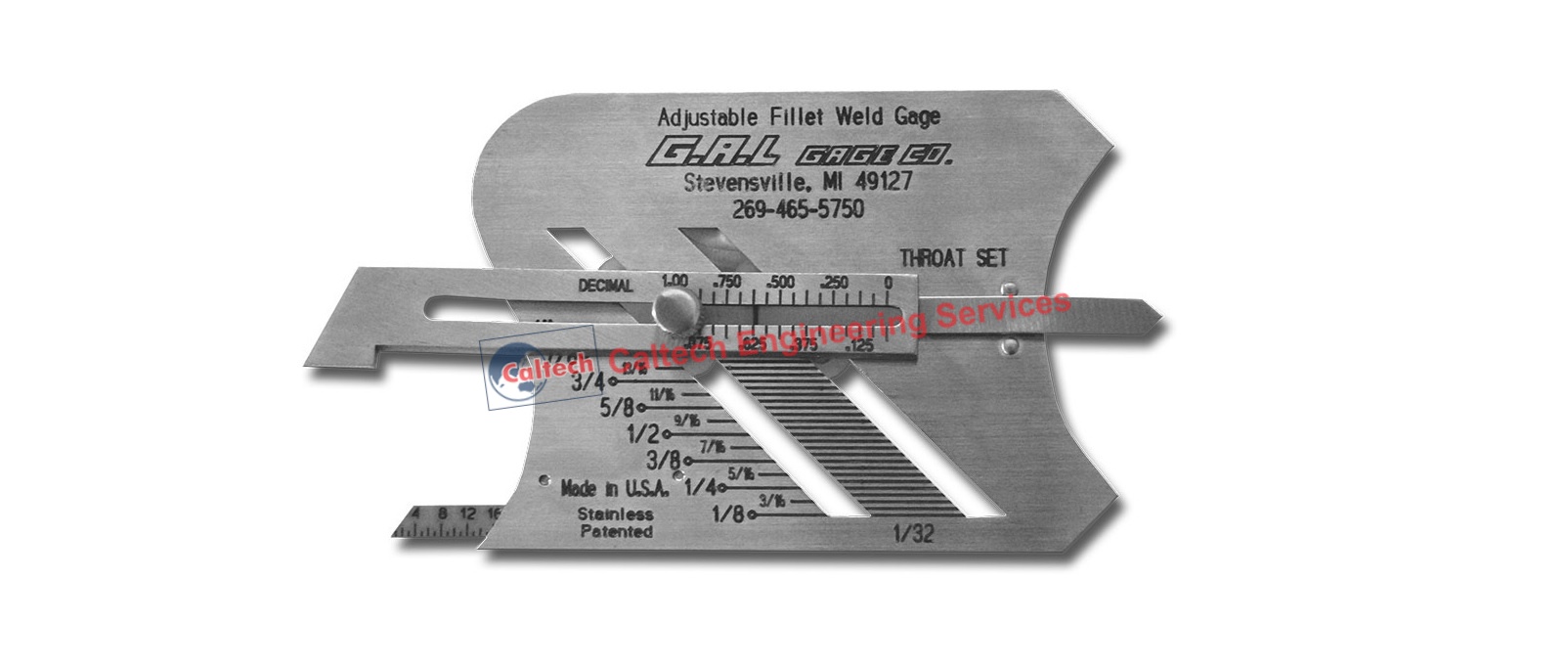Gauge Fillet Weld Specs: Guaranteeing Top Quality and Compliance
Gauge Fillet Weld Specs: Guaranteeing Top Quality and Compliance
Blog Article
Fillet Weld Layout Methods: Maximizing Joint Performance and Looks for Structural Integrity
In the world of architectural design and fabrication, the importance of fillet weld style methods can not be overemphasized. By carefully taking into consideration factors such as weld account optimization, product option, joint preparation methods, welding process effectiveness, and visual enhancement producers, techniques and engineers can achieve an unified balance in between performance and appearance in their welded frameworks.
Weld Profile Optimization

Achieving an optimum weld profile involves a thorough factor to consider of variables such as product thickness, joint arrangement, welding setting, and desired welding rate. Additionally, the selection of ideal welding specifications, such as voltage, current, and travel rate, is essential in managing the shape and measurements of the fillet weld. Making use of sophisticated welding strategies, such as pulse welding or robotic welding, can even more improve the weld profile to satisfy specific style requirements and high quality standards.
In essence, weld account optimization is a fundamental element of fillet weld layout that straight influences the total efficiency and dependability of bonded joints in architectural applications.
Material Option Considerations
When taking into consideration material selection for fillet weld style, the compatibility of the base steels is an essential element influencing the architectural honesty of the joint. It is vital to pick products that not only weld together successfully yet also have comparable mechanical residential properties to ensure the load is uniformly dispersed in between the weld and the base metals. Welding materials with greatly various buildings can lead to problems such as stress and anxiety focus, early joint failing, or cracking.
In addition, the environment in which the welded structure will certainly run have to be considered when choosing materials. Factors like corrosion resistance, temperature changes, and direct exposure to chemicals can all influence the longevity and performance of the weld joint. By choosing materials that are ideal for the intended application and setting, the total durability and reliability of the bonded joint can be dramatically enhanced.
Therefore, thorough consideration of product compatibility and ecological variables More hints is extremely important in ensuring the weld joint's toughness, toughness, and general structural integrity.

Joint Preparation Techniques
Thinking about the crucial duty material option plays in guaranteeing the architectural honesty of fillet weld joints, it is vital to implement exact joint preparation methods that maximize the connection in between the base metals. Joint preparation is an important action that directly influences the top quality and strength of the weld.
In addition, tack welding the parts in area prior to the last weld helps maintain alignment and reduces this website distortion during the welding process. By meticulously following these joint prep work methods, welders can improve the overall performance and visual appeals of fillet weld joints while guaranteeing structural sturdiness.
Welding Process Performance
Efficient welding procedures are crucial for attaining ideal efficiency and high quality in fillet weld fabrication. One key aspect of improving welding process efficiency is choosing the appropriate welding method. Aspects such as material type, joint design, and welding position have to be carefully thought about to figure out the most suitable technique. As an example, procedures like gas steel arc welding (GMAW) and flux-cored arc welding (FCAW) are typically used for fillet welds because of their versatility and speed (Gauge Fillet Weld).
Regular calibration of welding machines, assessment of consumables, and upkeep of welding torches can protect against downtime and rework, inevitably conserving time and resources. Well-trained welders are much more adept at changing specifications, repairing concerns, and preserving regular weld quality.
Aesthetic Enhancement Approaches
To optimize the quality of fillet weld manufacture, applying aesthetic enhancement techniques can play an essential role in making sure accuracy and precision during the welding procedure. Aesthetic help such as weld dimension assesses and amplifying lenses can aid in assessing weld find more information accounts and dimensions accurately. By incorporating these aesthetic enhancement techniques into the welding process, welders can achieve not just structurally audio fillet welds but likewise visually attractive results that fulfill market requirements.

Final Thought
In verdict, optimizing fillet weld style entails cautious factor to consider of weld account, material selection, joint prep work, welding process effectiveness, and visual improvement approaches. By executing these approaches, architectural stability can be boosted while likewise attaining aesthetic allure. It is necessary to prioritize both performance and aesthetics in fillet weld layout to guarantee the general top quality and toughness of the joint.
By diligently thinking about aspects such as weld account optimization, material choice, joint prep work methods, welding process effectiveness, and visual enhancement designers, makers and methods can attain a harmonious equilibrium between performance and look in their bonded frameworks.In the world of fillet weld style, optimizing the weld account plays a vital function in ensuring structural integrity and efficiency. The weld profile, which consists of the size and shape of the weld cross-section, directly influences the circulation of stress and anxiety and load-bearing ability within the joint. It is important to pick products that not just bonded with each other properly yet additionally have similar mechanical residential or commercial properties to ensure the lots is equally dispersed between the base and the weld metals - Gauge Fillet Weld.In conclusion, maximizing fillet weld layout involves careful factor to consider of weld profile, product choice, joint prep work, welding process effectiveness, and visual improvement techniques
Report this page